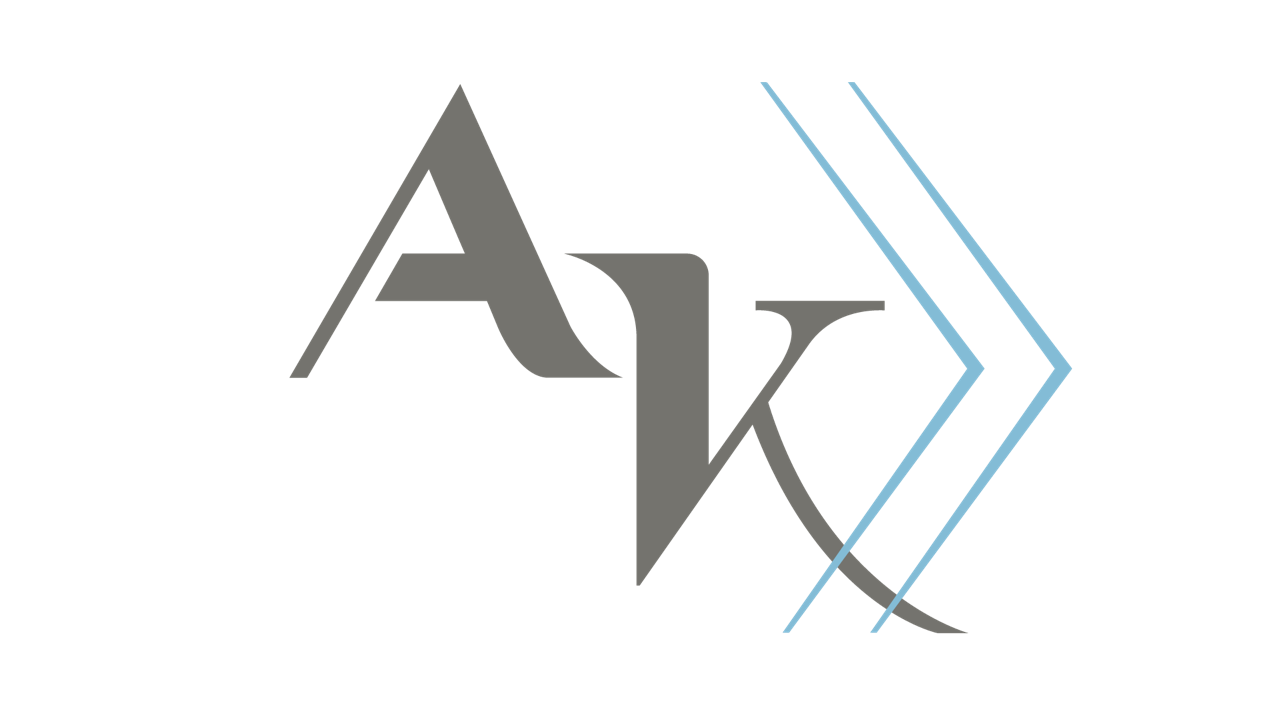Hip pain after a c-section: why it happens and how physical therapy can help
Hip pain is a common symptom that I treat in my patients who are pregnant and postpartum. Women who have had a c-section can experience hip and low back pain postpartum for several reasons, and that pain can last for months or even years if not addressed. In this blog post, I am going to talk about why some women have hip pain after a c-section and how physical therapy can help.
What causes hip pain after a c-section?
Postpartum hip pain can be caused by a lot of things, including increased stress on your hips and pelvis during pregnancy, changes in your daily routine and tasks (like caring for a new baby!), and postural changes. Women who have had a c-section are not only postpartum, but also post-major abdominal surgery.
After a c-section, your body begins to lay down scar tissue as your incision heals. This is an important process, as we want your incision to be fully closed. However, scar tissue will lay down in a disorganized pattern, which can lead to tension and pulling that can affect your pelvic floor and hips.
Your core and pelvic floor muscles are also placed under a lot of stress during pregnancy. These muscles can become lengthened, weak, and disconnected postpartum. They can also be affected even more during a c-section surgery. The reduced strength in these muscles can cause muscle imbalances and increased stress on your joints, in turn leading to hip pain.
What can you do about hip pain after a c-section?
Of course my first recommendation is going to be to see a pelvic floor therapist. I recommend seeing a pelvic floor therapist who is highly skilled in both orthopedics and pelvic health so that they can assess and treat everything that may be contributing to your hip pain. An individualized assessment really is key for long term relief.
However, here are a few things I recommend to many of my patients who are experiencing hip pain after a c-section.
1) Consider modifying aggravating activities - I know there are a ton of things you HAVE to do as a mom, but sometimes there are ways to modify those daily activities to make them less strenuous and painful. You may also need to modify some exercises for awhile.
2) Improve scar mobility - As mentioned above, c-section scars can cause tension and pulling that can lead to pain and disfunction. Scar massage can help! I recommend starting with gentle desensitization techniques over your incision for the first week or two, then begin massaging above and below your incision from weeks 4-12. Once you are about 12 weeks post-op and your incision is fully closed, you can begin gently massaging directly over your c-section scar.
3) Work on organ mobility. During pregnancy your organs shift to make room for your growing uterus and baby. After a c-section, your uterus has undergone the additional trauma of the surgery. Sometimes there are deeper restrictions around the uterus that superficial scar massage doesn’t quite improve. If you feel like your scar moves well but still feel like there are deeper restrictions around your uterus, visceral manipulation can help! Check out this blog post to learn more about how improving organ mobility can improve your pelvic health.
4) Work on hip strength and mobility - Rebuilding hip strength and mobility postpartum is important to improve hip function and reduce strain on your hip joints. Check out this blog post that dives deeper into some of my favorite postpartum hip exercises.
5) Work on breathing, deep core connection, posture, and pelvic floor lengthening and strengthening - Your hips work closely with your core and pelvic floor, so proper core and pelvic floor rehab are key to healthy and happy hips! Working on postural awareness postpartum can also be incredibly helpful.
I help women in the Memphis area get rid of their pain and pelvic floor symptoms so they can enjoy motherhood and get back to the activities they love without limitations. You can schedule your free 15 minute phone consult here.
Not local to Memphis? Check out my self paced postpartum rehab course, Core Confidence, here.
Blog post written by Dr. Alexis Hutchison, PT, DPT, OCS, PCES
